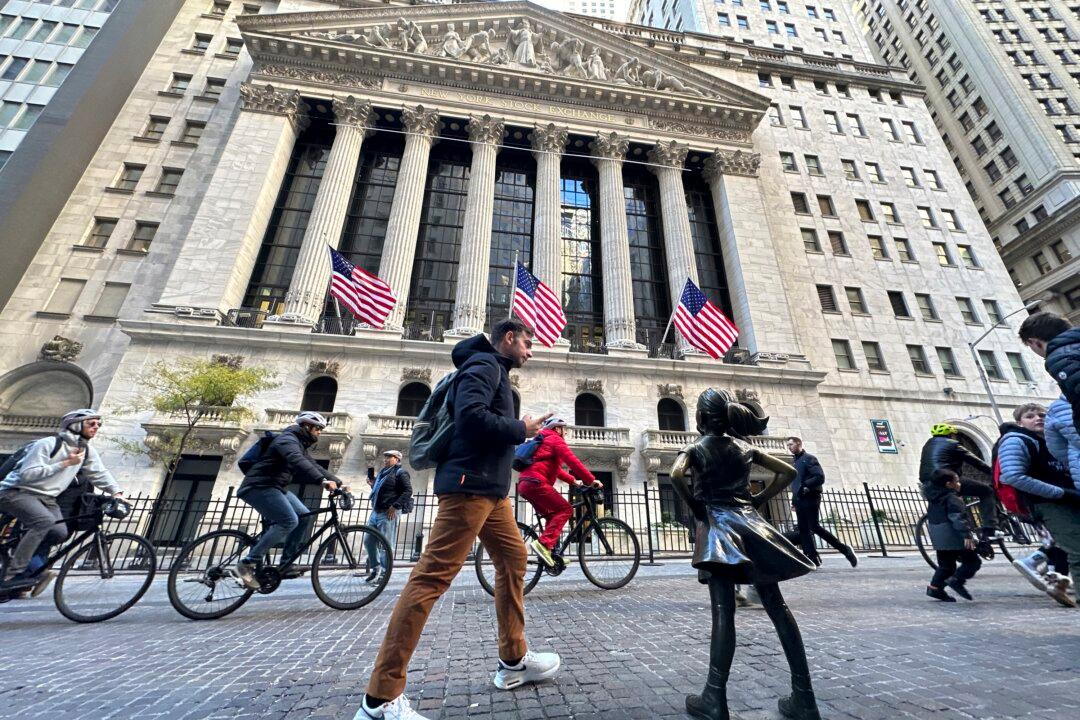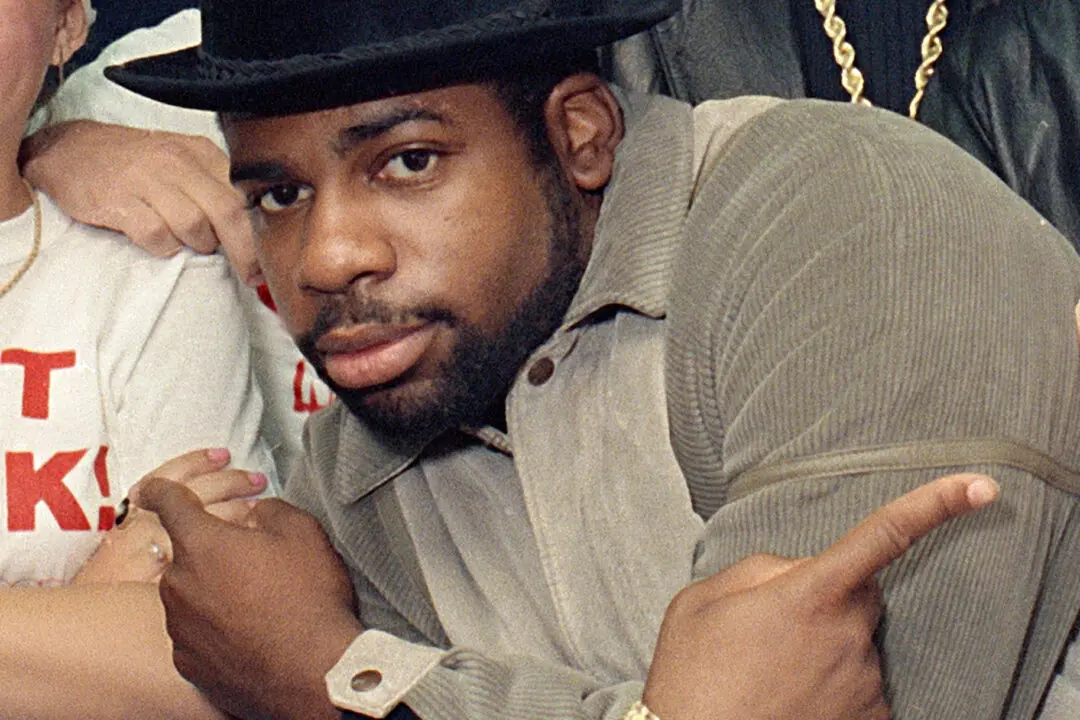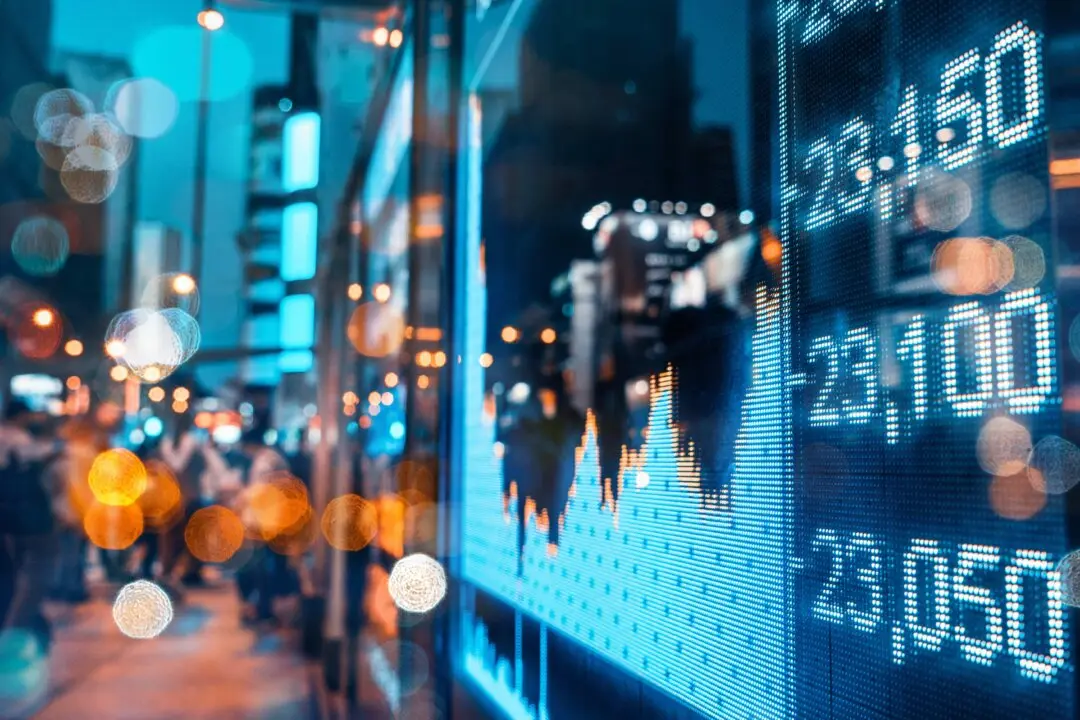NEW YORK—Wall Street rose sharply Friday, keeping November on track to be one of its best months of the year, as companies continued to turn in better profits for the summer than expected.
The S&P 500 leaped 1.6 percent amid a widespread rally. The Dow Jones Industrial Average gained 391 points, or 1.2 percent, and the Nasdaq composite was 2 percent higher.





